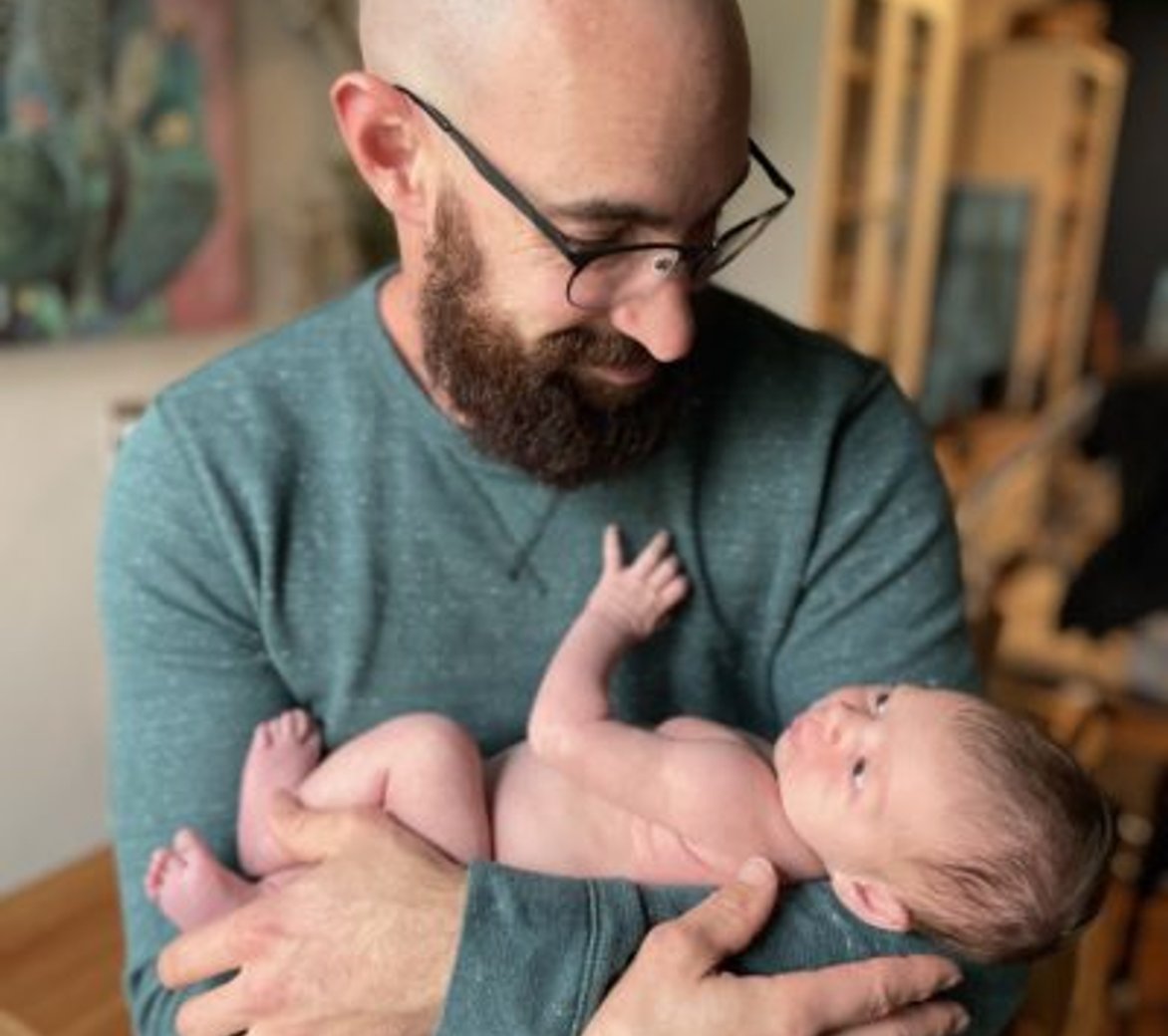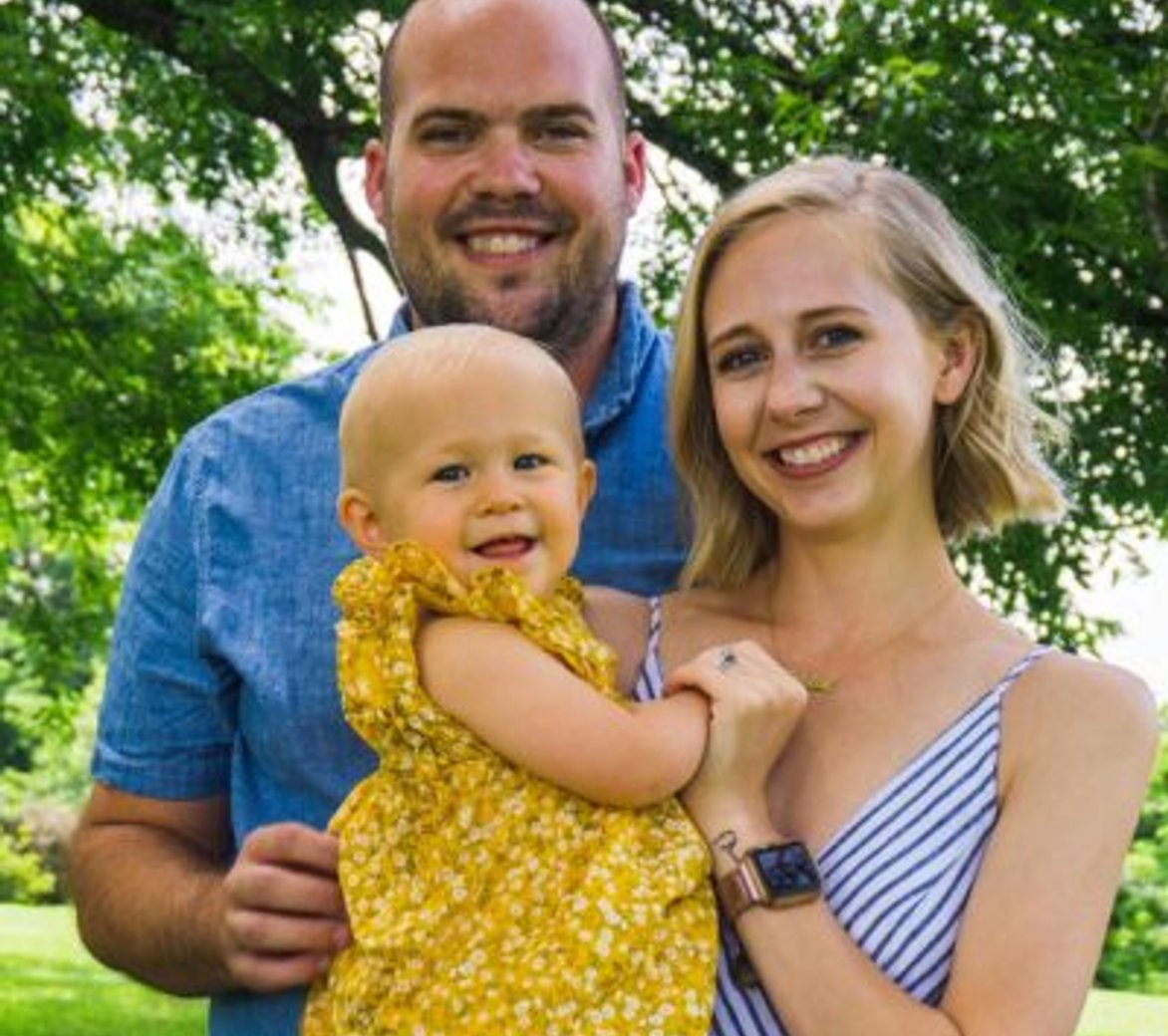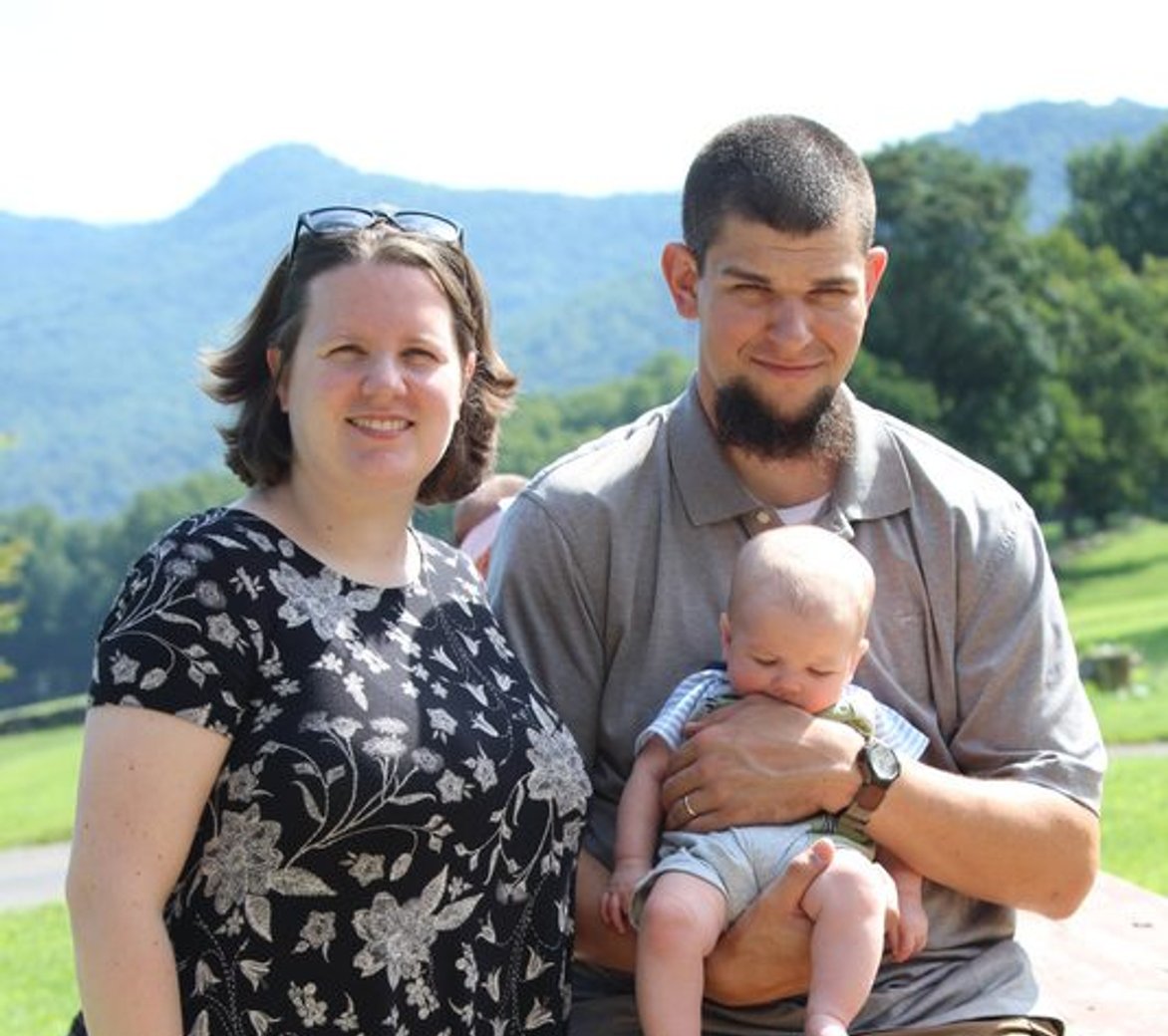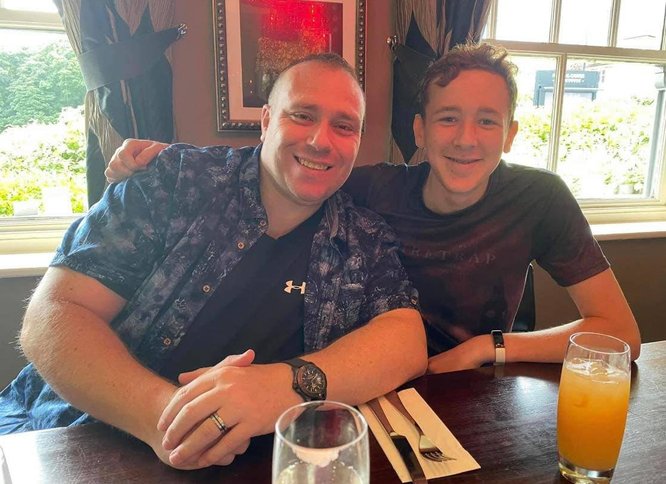
What To Know About XXY-Related Infertility
Infertility is one of the most common medical challenges linked to XXY, but it’s also one of the hardest to talk about. For many individuals and families, questions about having children don’t come up until later in life, sometimes after years of confusion. This guide walks through what we know about XXY and fertility, the available options, and how to navigate the emotional side of this journey.
Stories From Our Community
Male Infertility & Pursuing Parenthood
Jared Pike is helping raise awareness for Male Infertility & Pursuing Parenthood. Sharing his succesfull adoption story is essential.
Read MoreThe Journey To Baby Indermill
After more than a year of trying to conceive, Tyler Indermill and his wife, Tasia, underwent testing. Tyler then learned he was infertile.
Read More47XXY Adoption Story: George Tomkin's
In 2015, George was told he would be unable to have children. He never imagined his journey would include 47XXY adoption.
Read More

Understanding XXY and Male Fertility
What Is XXY (Klinefelter Syndrome)?
Klinefelter syndrome, or XXY, is a genetic condition found in males. Instead of having one X and one Y chromosome, someone with XXY has an extra X. That extra chromosome can affect development in a few different ways, including learning, body changes during puberty, and fertility. Some boys show signs early, but many don’t get diagnosed until later. It often comes up during teen years or adulthood, sometimes during fertility testing or a visit to a hormone specialist.
Why XXY Can Affect Fertility
Fertility issues in XXY typically come from how the condition affects the testicles. That extra X can interrupt normal development. In many cases, the testicles remain somewhat undeveloped and don’t produce much testosterone. Even more often, they don’t produce sperm at all.
Doctors call this non-obstructive azoospermia. It means the body isn’t making sperm, not that sperm is being blocked from leaving the body. For most men with XXY, this leads to infertility (but not always).

Can Men With XXY Father Children Naturally?
Rare, But Possible Cases of Natural Conception
It’s rare, but some men with XXY have fathered children without fertility treatments. Most of these cases involve a type called mosaic Klinefelter syndrome. In mosaicism, only some of the body’s cells carry the extra X chromosome. The rest are typical XY. In a few of these men, sperm production is still happening at a low level. Natural conception is possible in those situations, though not common.
The Role of Mosaicism in Fertility Outcomes
Mosaic Klinefelter syndrome gives doctors a reason to check more closely for sperm. If a man has both XY and XXY cells, he may have a better chance of producing viable sperm. It’s not guaranteed, but the odds improve. That’s why doctors usually recommend early testing for men with mosaicism,especially for those who may want kids in the future.
Informational Videos About XXY-Related Infertility

Fertility Testing and Diagnosis
How Fertility Is Evaluated in XXY
When a man with XXY wants to explore his options, fertility testing often starts with a semen analysis. That’s how doctors check for the presence of sperm and look at how it moves and functions. Blood tests come next. These measure hormone levels, including testosterone, FSH, and LH. If a diagnosis hasn’t already been confirmed, the doctor may order a genetic test to look at the person’s chromosomes. For teens with XXY, these steps usually come into play when puberty seems delayed or when the family begins planning ahead for the future.
When to Involve a Specialist
Not every urologist or fertility doctor is familiar with XXY. That’s why it helps to work with someone who understands this specific condition. A reproductive urologist or endocrinologist can guide families through testing and explain which treatments make sense for the person’s age, hormone levels, and long-term goals. Even if parenthood is years away, it helps to start these conversations early.

Assisted Reproductive Options for XXY Men
Sperm Retrieval Techniques
If no sperm shows up in a semen sample, that doesn’t always mean there’s no sperm at all. Sometimes, sperm is hiding inside the testicular tissue. Doctors can try to retrieve it through a procedure called TESE, or in more advanced cases, microTESE. MicroTESE uses a surgical microscope to search for tiny pockets of sperm-producing cells. Some studies have shown success rates of around 40 to 60 percent. Results vary depending on the individual, but for many men with XXY, this technique offers the best shot at using their own sperm.
IVF and ICSI
Once sperm is found, doctors can use it in IVF. The most common approach is ICSI, where a single sperm is injected directly into an egg. Even when sperm count is extremely low, ICSI can lead to a successful pregnancy. For many couples facing male infertility, this is the route that leads to a biological child.
Donor Sperm and Adoption
When sperm can’t be retrieved, donor sperm becomes a reliable and loving option for many families. Some couples also consider adoption. Neither path is easy to process at first, especially when the hope for biological children is strong. But over time, many men with XXY have found deep joy in becoming fathers through these routes. We also urge you to read stories that have been sent by our readers so that you can gather perspective on this approach.

Emotional Impact of Infertility in XXY
Grieving the Loss of Natural Fertility
Hearing that natural conception may not be possible is painful. For some, it hits suddenly. There’s often a mix of grief, frustration, and questions about identity. These feelings are valid, and you don’t need to rush through them. Many men benefit from therapy or peer support as they work through what this means for them and their future. But eventually, you will realize that you can lead just as happy and fulfilling a life as you had imagined pre-diagnosis.
Building a Family Through Other Paths
Infertility may shift the timeline or change the route, but the goal of creating a family unit often remains. Many men with XXY have grown their families through IVF, donor sperm, adoption, or blended families. Speak with a doctor, counselor, or other folks with XXY to help you make a decision.

Talking to Doctors and Partners
What to Ask the Doctor
Bringing a short list of questions to your appointment can help guide the discussion. You might ask:
- Can we check for sperm now?
- Is microTESE something I should consider?
- Would hormone therapy affect my fertility?
- Is it worth exploring sperm banking now, or waiting?
A knowledgeable doctor should walk through the answers with you, step by step, and help you understand the risks and choices.
How to Talk With a Partner
Infertility can feel like a tough subject to bring up, especially in new relationships. There’s no perfect time. But many people find that honesty builds trust. Whether you’re dating or already with someone, it helps to speak from the heart. You don’t have to share every detail right away, but being open about your path usually leads to more connection, not less.

Progress and Research
Advances in Reproductive Technology
Doctors and researchers are always working on better ways to help men with XXY become fathers. Improvements in sperm retrieval, tissue preservation, and hormone support are changing what’s possible. Some clinics are even developing new ways to detect and preserve sperm earlier in life. We will update our website here at Living With XXY as new research is available.
Why Early Diagnosis Matters
When XXY is diagnosed early, families have more options. Puberty can be monitored more closely, hormone levels can be tracked, necessary therapies can start, and if any sperm appears during the teenage years, doctors may be able to act quickly.
Talk to People Who Get It
Support groups and counseling can be life-changing during this process. Some are specific to XXY. Others focus on infertility in general. Whether it’s an online group, a one-on-one therapist, or a community meetup, these spaces make the journey feel less isolating. You don’t have to carry all of this alone.
Stay Informed With Every Update
Sign up to receive our latest stories, educational resources, and opportunities to connect with others in the XXY community.
Join The Community Today


